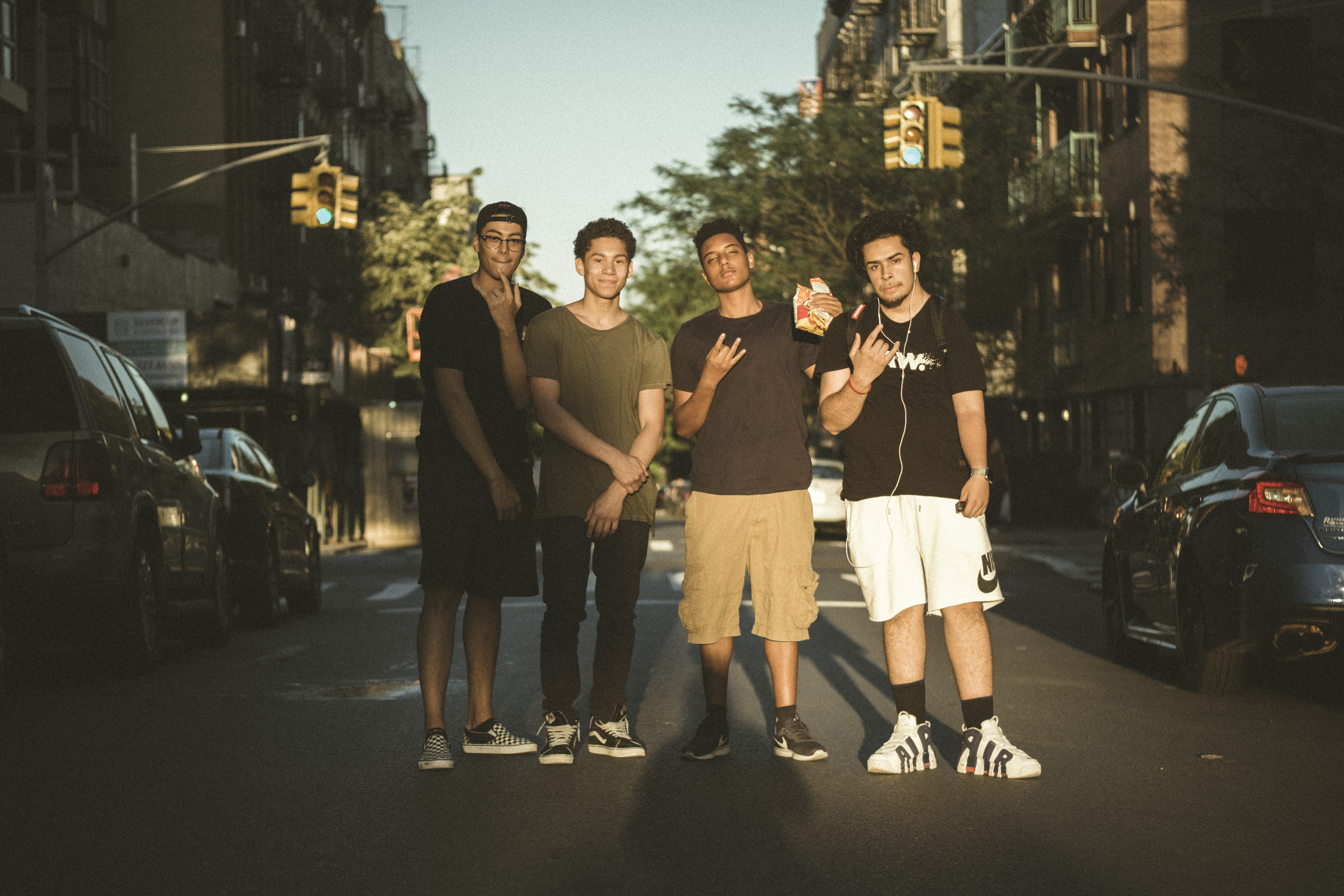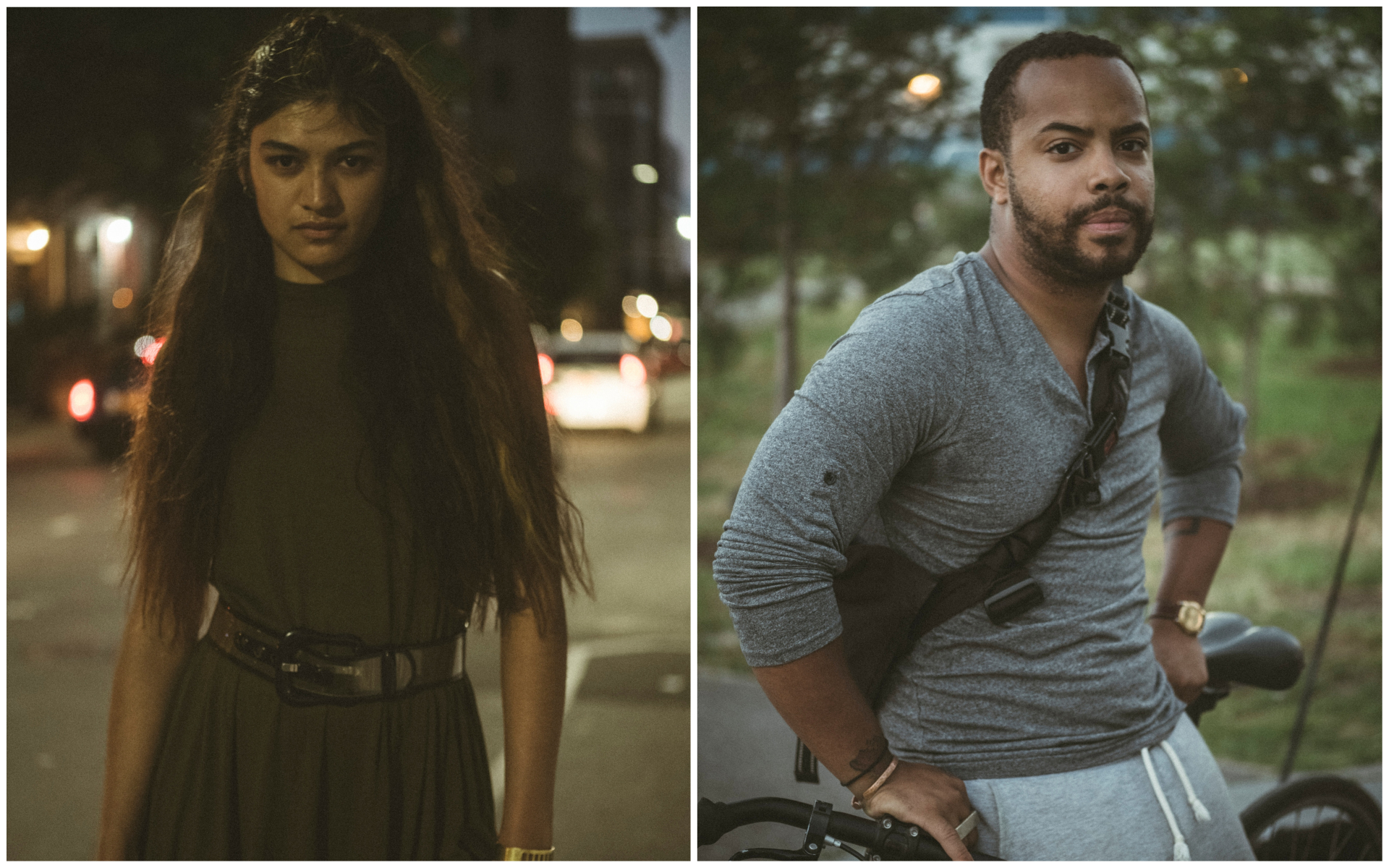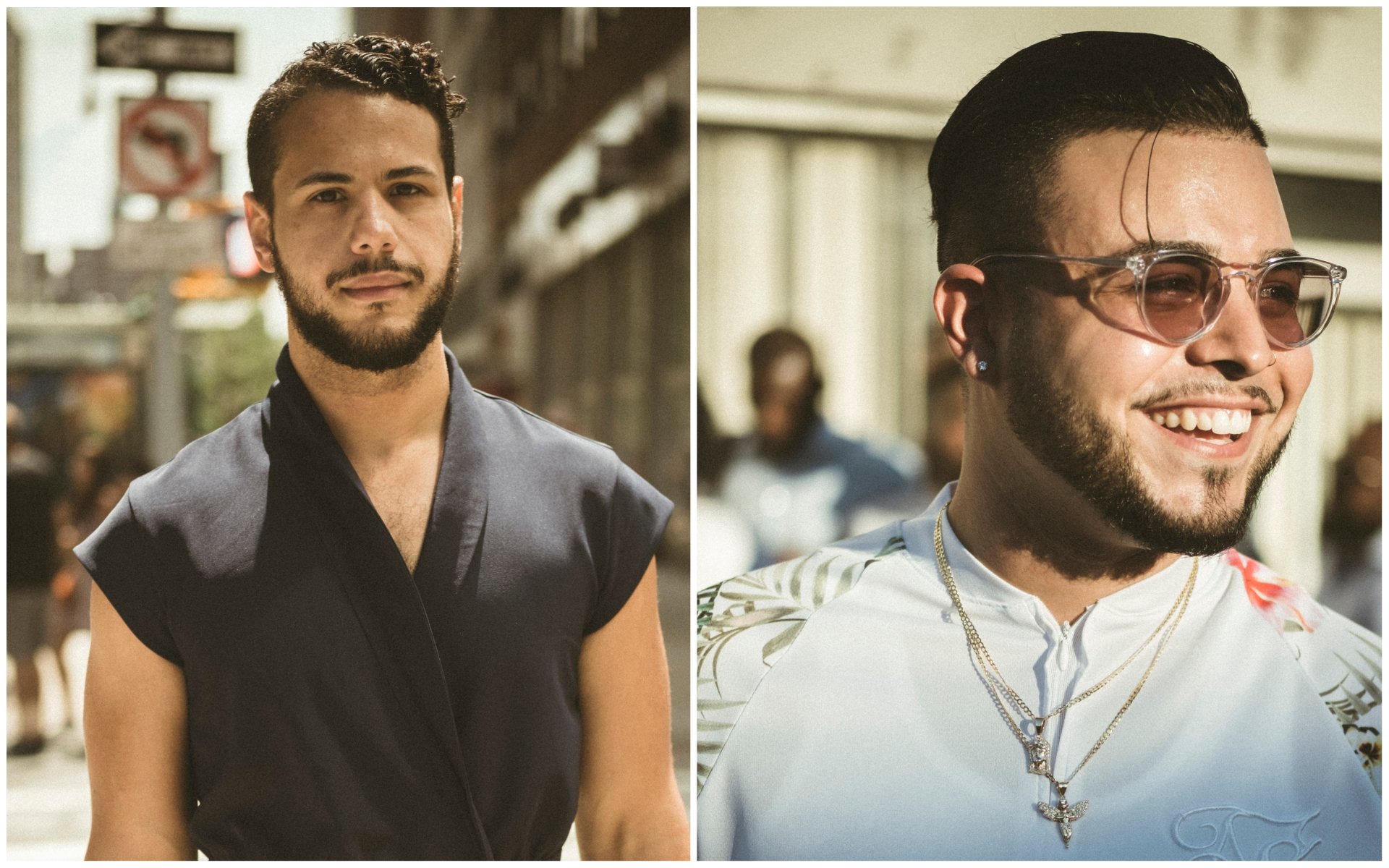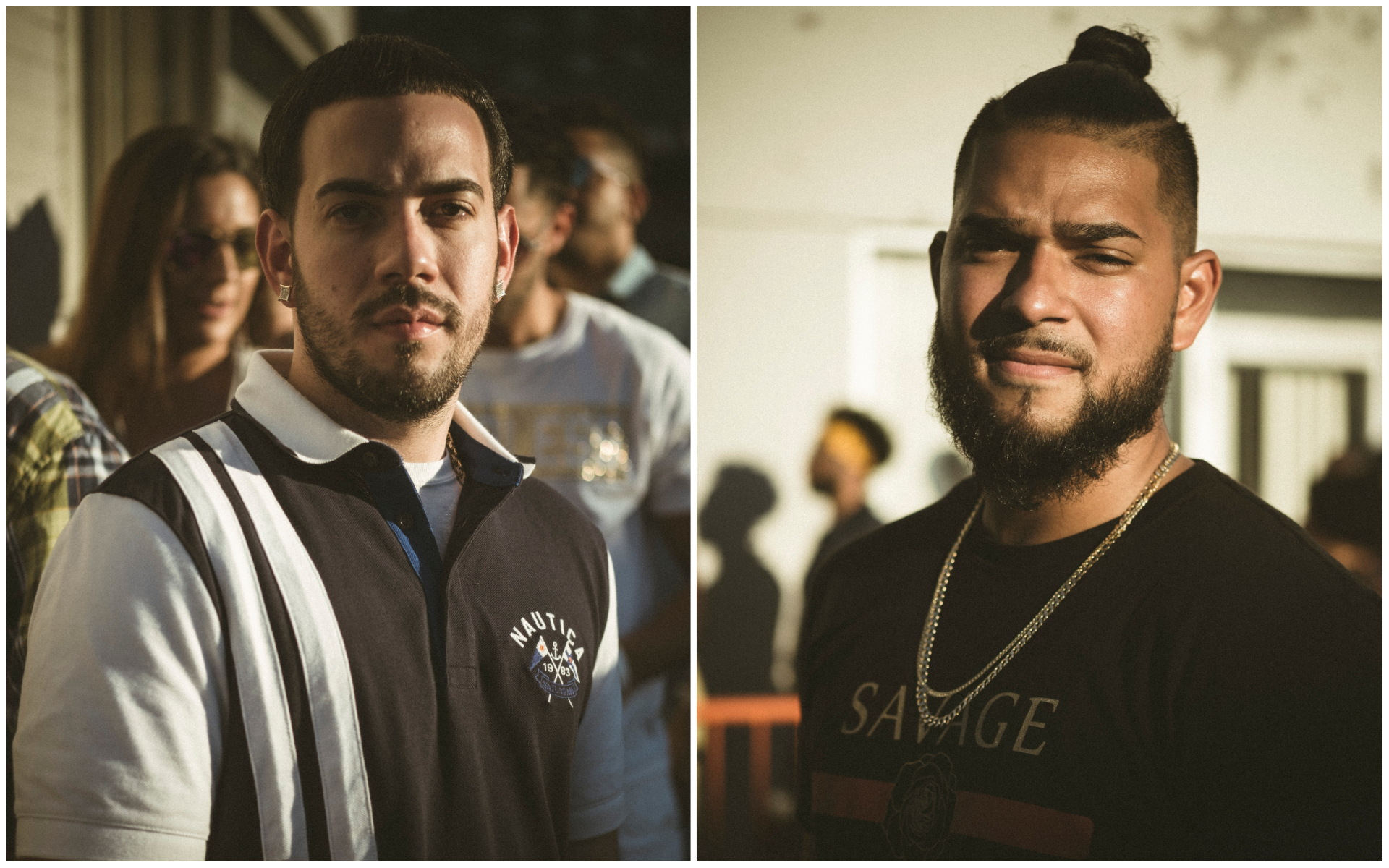What ‘Latinx’ Means to Me
Less than two years ago, I added a new word to my daily vocabulary: Latin x. It rolled off my tongue in meetings, bars, and protests—pronounced with an affirmation that masked my ignorance of its true meaning. Latinx takes away the genderedness of Spanish language. The term has been given a lot of different meanings, but at its core it stands for all of the people in the Latino community who struggle to fit into one identity and have challenged the norms and reimagined themselves. It’s a term that allows me to say “I’m a queer Latina woman,” and feel closer to my roots—not alienated from them—and it feels damn right to say it . Learning about this term felt like an embrace of the diversity that has always characterized our Latino community—only this time, it was done proudly. And millions of young Latinos across America feel the same way.
The author is the host of a new VICE series called ‘Latin-x.’ Watch the first episode above.
Scholar Ed Morales is an author of the book Latinx: The New Force in American Politics and Culture and a professor at Columbia University’s Center for the Study of Ethnicity and Race. He wrote, “The arrival of Latinx coincides with a strong push for eliminating identifiers of gender in language.” Yet this six letter word is much more than a nod to nonbinary Latinos—it’s an invitation to anyone in the community who has ever challenged traditional norms. It’s for the Afro Latinos who have been neglected for far too long; for the English-speaking Latinos who were frowned on; for the DREAMers who were turned away; the Latina mothers who strived for equality or the trans activists who fought for basic humanity. Rather than dismantling our Latino culture, the “x” is the reinforcement of that American dream that drove our families to this country in the first place: freedom.

In many ways, Latinx tells the story of what lies ahead of us. Latinos are the youngest major racial group in the country—with approximately six out of ten Latinos being millennials or younger. Latinos are also the fastest growing sector in the nation. The term “Latinx” points to a future where openness and inclusion override prejudice. This means that we get to move toward a future that looks more like us, and that we also get to set the tone for the values that define progress.
But while young Latinos are increasingly subscribing to the Latinx movement, many others distance themselves from this term because of their allegiance to their home countries or their own sociopolitical backgrounds. Two days ago, I asked my Cuban grandfather if he knew what “Latinx” meant, and he immediately asked, “Que carajo significa eso?” (What the hell does that mean?). Even after using this word for a couple of years, I hesitated to respond to him because I knew my answer would lack that concreteness he craved. I told him, “Latinx soy yo, abuelo.” ( I’m Latinx, grandpa).

As the country started celebrating pride month, my friend Samy Olivares, an LGBTQ activist, took to the streets of New York with his rainbow flag. As he walked through the Ridgewood Queens neighbourhood, a Latino man started screaming homophobic slurs at him and called the police on Samy. Eye to eye, Samy and his attacker probably had more in common than they wanted to realize: both were bound by a legacy of immigrants and a yearning to belong. Yet both were separated by the one thing that could actually unite them: the “x.” In that moment, to be Latinx meant to walk away from the scene with pride and dignity, and that’s what Samy did.


NY-based photographer Samantha Bloom shot this series of portraits to illustrate the diversity of Latinx, capturing Afro-Latinos, queer Latinos, undocumented Latinos, English-speaking Latinos- essentially what it means to be a young Latino.
Follow Paola Ramos on Twitter.
Sign up for our newsletter to get the best of VICE delivered to your inbox daily.
This article originally appeared on VICE US.